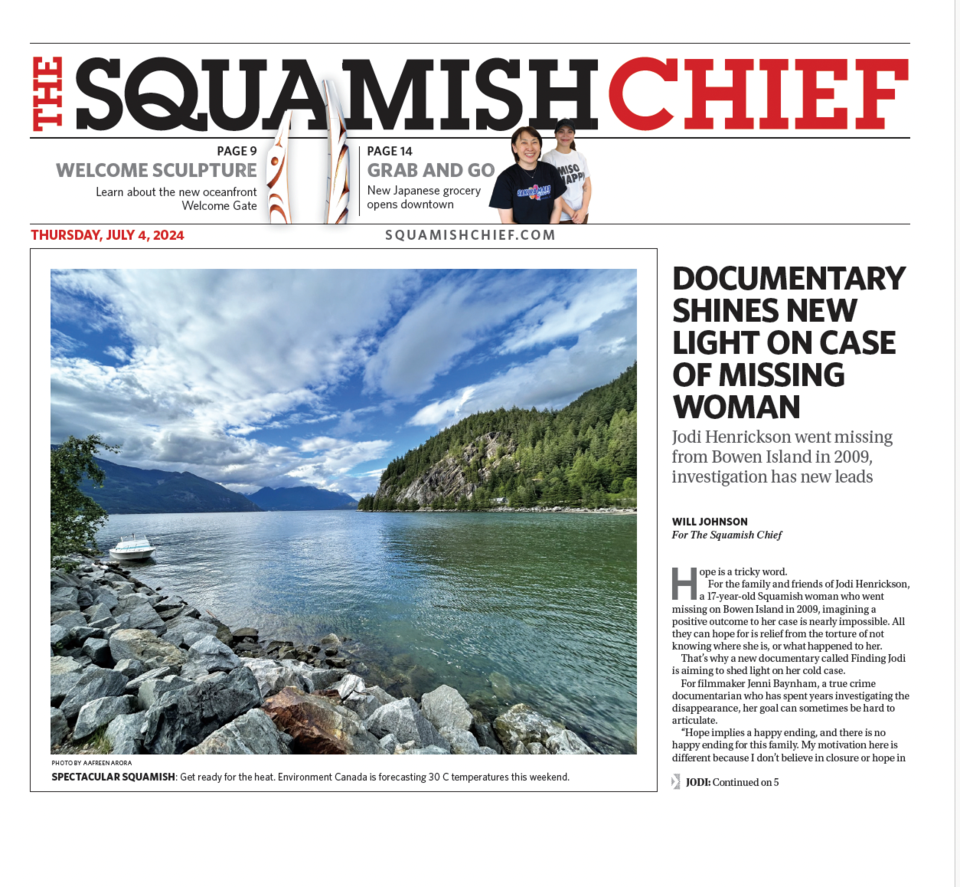Over the past few months, I’ve noticed a few misconceptions among media consumers regarding the different forms of writing that appear in newspapers.
These comments aren’t directed at anyone in particular, but rather the result of a general, growing suspicion and concern informed by my reading of social media, comments on media websites, letters to the editor, conversations with Joe Public, and conversations with people who should know better. If you believe all media is crap, biased garbage and a waste of time, I invite you to stop wasting your time and politely fold this paper up and recycle it in a responsible manner now, rather than continue reading, because you’re not going to believe a word I write anyway.
But I digress. The misconceptions I’ve noticed are that folks have some difficulty understanding the differences between articles, columns, editorials and letters, and the manner in which opinion plays a role in each, so I am going to have a crack at breaking things down a little.
First up: articles.
An article, in the simplest terms, is a lump of information that is gathered and repeated by a journalist in a narrative form that attempts to make order out of chaos.
Opinion, or at least explicit opinion—does not play a role in the writing of an article. They are intended to be nuggets of information gathered and repeated. That information can be in the form of straight numbers, information from primary sources, quotes from third parties (interviewees) and background information, all mushed together into a story that you, the reader, cares to read. There’s an art to this, but that’s for another piece.
The writer does not express opinion in an article, nor are they free to do so. Their ‘voice’ or ‘tone’ will come through anyway, but attempts are made to strip articles down to just straight facts. Any opinion within the article is the opinion of those who were interviewed for the article. Opinions expressed within articles are not endorsed by the newspaper.
A name attached to an article—a ‘byline’—is not indicative of endorsement of any opinions or views within the article, it is merely a mark of ownership of that piece of writing and the research that went into it.
Next in line, columns.
Columns, unlike articles, are straight-up opinion. The name attached to a column is the name that owns the opinion expressed in the column. Columns, also known as ‘Op-Eds’ are where writers can share observations and learnings, talk about experiences, muse about developments and ponder life’s little wonders.
Columns can be written by journalists at the newspaper it’s published in, or guest columnists who are usually people in learned positions within a community. Columns are most often treated as pedestals from which writers can speak with authority (real or imagined) about something they are an expert in, or have knowledge and experience with.
Opinions in columns are the opinion of the person whose name is attached and not the opinion of the newspaper.
The accuracy of the information contained within is all on the writer, though newspapers have discretion in fact-checking claims, and often reject columns that are out to lunch because misinformation in a column still reflects on the newspaper itself, even if it is not endorsed.
Next: Editorials.
Editorials are also straight-up opinions, but in this case, they come without names attached because, in their case, editorials represent the opinion of the newspaper as an entity or institution. Opinion expressed in a piece marked an ‘Editorial’ is quite simply, the opinion of the newspaper it appears in. Editorials can only be written by the current editorial staff of a newspaper, and are often written by consensus.
Lastly: letters.
This is the simplest one. Letters are also, of course, opinion.
The opinions expressed belong only to the name attached, and they are not endorsed in any way by the newspaper or any of its staff.
Letters are the opportunity for the wider community to engage with itself. Back and forth between letter writers is not uncommon, and while it may seem unproductive now, going back through old newspapers to read letters is genuinely one of the most enjoyable things to do, because letters capture the feeling of a community not sterilized through the lens of an aloof reporter or a stuffy academic columnist.
It’s at the discretion of the editor and publisher what letters are run and what letters are excluded—but just between you and me—we love letters.
So, to tie all of this together: A journalist’s responsibility is to write articles. The majority of a newspaper—be it this newspaper or any other newspaper that takes itself remotely seriously—is supposed to be devoted to articles.
To make it easy, this piece you have read through to the end is a column.




